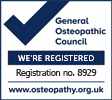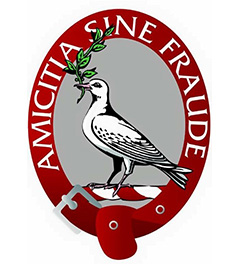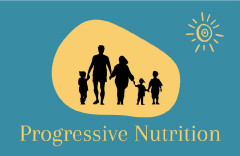You may have popliteal tendinitis…read on
Popliteus tendinitis may be caused by overuse of the popliteus muscle-tendon unit. It usually occurs in athletes who run or train on hills or banked surfaces.Common causes are either a direct varus force, while the tibia is externally rotated, or a sudden forced knee hyperextension with the tibia internally rotated.
Signs and Symptoms?
This can be accompanied by an inflammation, acute onset of pain, localised swelling, redness and marked tenderness over the lateral side of the knee, at the insertion of the popliteus tendon.Downhill running or walking will therefore cause increased stress on the popliteus muscle-tendon unit in an effort to decelerate the body weight, with tenosynovitis and exacerbated symptoms as a result.
How do we treat it?
1. RICE: to prevent further damage and to reduce pain and swelling, which may also in turn help to start the healing process. Full immobilisation must be avoided in order to prevent muscle atrophy; therefore light loads should be used to guide the normal alignment of the collagen tissue.
2. NSAID: may be given to the patient to reduce pain and may offer additional benefits in acute inflammatory tendonitis because of its anti-inflammatory properties.
3. Strengthening exercises and stretching: when the pain has reduced sufficiently, strengthening and stretching exercises can begin and these can then be built up gradually. The most effective form of muscle training in cases of tendon problems is eccentric training because the collagen fibers will be set in the right/functional direction
If unsure speak to your osteopath about your diagnosis


















